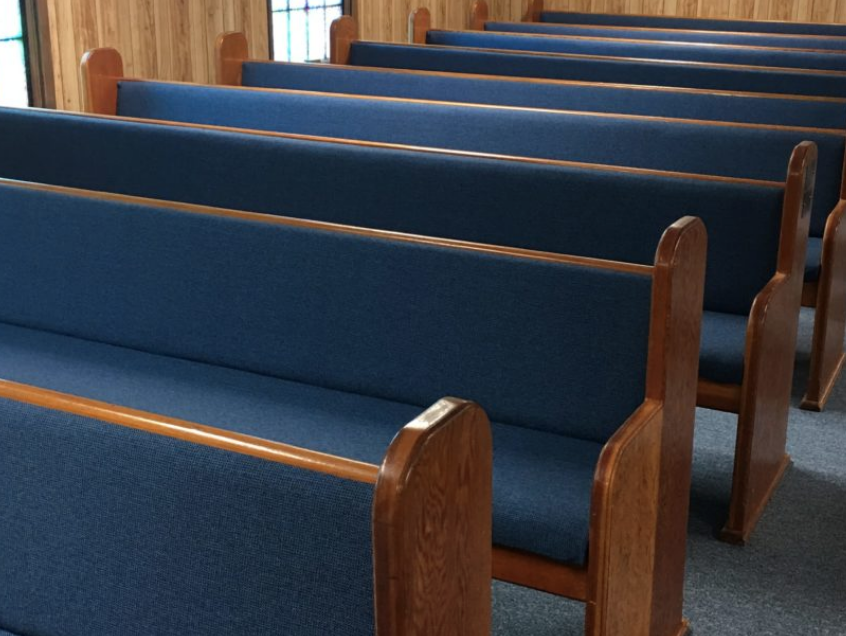Sometimes you get a question from a reporter that stops you dead in your tracks. That happened to me recently.
The question was a seemingly simple one, but I had never considered before: If the nones are rising so quickly, then why aren’t Democrats just mopping the floor with Republicans?
Well, that’s a good question. And it’s not super easy to answer. But let me walk through how I am thinking about it.
The underlying assumption is two things:
(1) The nones are an increasingly larger share of the American electorate.
(2) They prefer Democrats on election day.
Let’s quickly justify both of those assumptions with data.
The nones are clearly rising. They were in the doldrums from 1972 through 1990. The share of Americans with no religious affiliation only increased from 5% to 7% during that stretch. But from that point forward, they just exploded in size. By 1996 they were in the double digits. By 2006, they were above 15%. Eight years later they were north of 20%. In 2021, the nones had reached an all-time high in the General Social Survey at ~29%.
In 1972, one in twenty adults were nones. In 2021, it’s almost one in three. That has to have major implications for politics, right? Well only if those non-religious folks tend to vote in large numbers for one party. Is that true?
Yes. Clearly it is. In the 2020 election, 86% of atheists voted for Joe Biden — just 10% were Trump voters. Eighty percent of agnostics also went from the Democrat, just 17% voted for the Republican. Those are solid blue blocs, without a doubt.
Nothing in particulars do tend to lean toward the Democrats, but not as much as the other types of nones. In 2020, 63% of nothing in particulars went for Biden, while 34% backed Trump. In 2016, just 55% of nothing in particulars voted for Hillary Clinton. This is a blue-ish bloc, but not nearly as homogeneous as atheists/agnostics.
The second assumption is generally true, though. The nones are an important constituency for any Democrat who aspires to win an election. But just how important?










